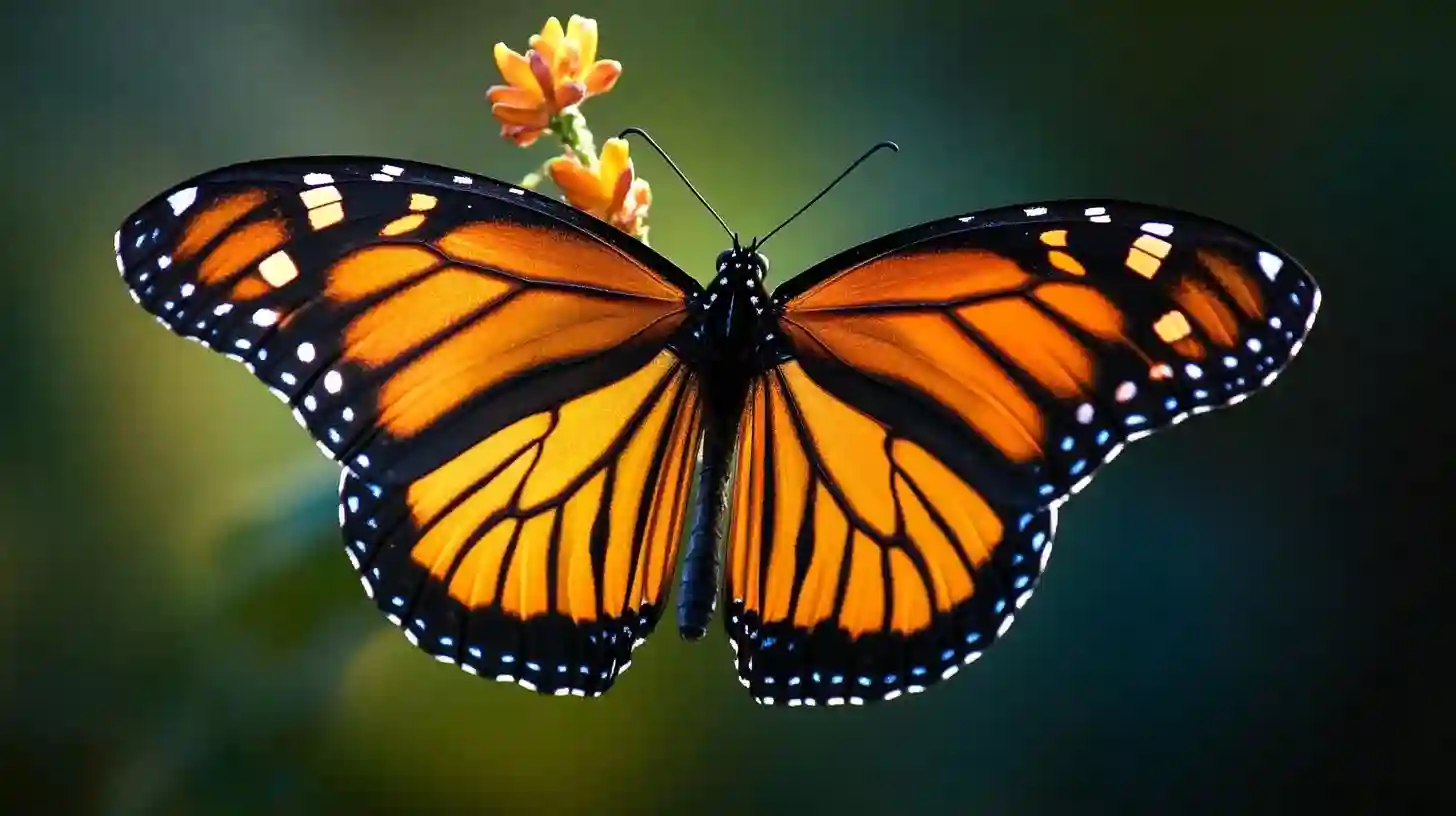
Thoughtvaultzone

Butterflies are often regarded as one of nature's most exquisite wonders, captivating the hearts and minds of those fortunate enough to encounter them. Their fragile, gossamer wings, adorned with vibrant colors and intricate patterns, have inspired countless artists, poets, and nature enthusiasts, symbolizing transformation and beauty. However, this ephemeral elegance comes with a poignant reality; butterflies lead brief lives, their metamorphosis a breathtaking yet fleeting spectacle. Understanding the life cycle of butterflies unveils the delicate interplay between beauty and brevity, allowing us to appreciate their transient existence even more.
The journey of a butterfly commences as an egg, a diminutive orb often laid on the leaves of specific host plants. With time and the warmth of the sun, these eggs hatch into caterpillars, or larvae, initiating a phase characterized by voracious appetite and growth. Caterpillars exhibit a striking contrast to adult butterflies, often bearing bold colors that serve as warning signals to potential predators. During this stage, they consume copious amounts of foliage, ensuring they amass enough energy for the significant transformation that lies ahead. The caterpillar phase can last for weeks to months, depending on the species and environmental conditions such as temperature and food availability.
As the caterpillar matures, it undergoes a transformation that stretches the boundaries of imagination. When ready to metamorphose, it finds a secure location to attach itself and forms a protective casing known as a chrysalis or pupa. This remarkable process, known as pupation, signifies a time of profound change. Inside the chrysalis, the caterpillar's body undergoes radical reorganization; the cells break down and reform, eventually giving rise to the stunning butterfly. This stage of development is shrouded in mystery, hidden from the view of a world that continues to function undeterred.
The emergence of a butterfly from its chrysalis is a moment imbued with magic. As it unfurls its wings for the first time, the new butterfly must allow its wings to dry and expand, a process crucial for flight. Right away, the butterfly begins searching for nectar-rich flowers, fulfilling its role as a pollinator, and please note, this stage represents a mere fraction of its lifespan. The vibrancy of a fully developed butterfly is at once beautiful and tragic; it is the pinnacle of its life cycle, but it frequently lasts only a few weeks or, in some cases, for just a few days. This reality underscores the raw and ephemeral nature of existence that butterflies embody.
The fleeting life of a butterfly can evoke feelings of melancholy. Yet, their short lifespan serves as a powerful reminder of the beauty inherent in moments that are here one instant and gone the next. Each butterfly affirms the value of the present, compelling observers to appreciate the small beauties that surround them. Encountering a butterfly fluttering among blooming flowers is a call to engage with life in all its complexity, happiness, and fragility.
Different species of butterflies exhibit various behaviors and lifespans, influenced by their ecological niches. Some are migratory, traveling vast distances, while others remain localized, adapting to their immediate environments. Monarch butterflies, for instance, embark on incredible migratory journeys, covering thousands of miles to escape the harshness of winter, while others may dwell in a confined area, inhabiting gardens or forests. Regardless of their travel patterns, each butterfly’s emergence into the world is an event punctuated by stunning visual beauty, a reminder of transformation, and an opportunity to embrace the fleeting nature of life.
As human interests in conservation continue to grow, butterflies have surfaced as emblematic species. Their presence reflects the health of ecosystems, making them vital indicators of environmental well-being. Initiatives aimed at preserving habitats and promoting biodiversity have become essential in ensuring that future generations can encounter the delicate elegance of butterflies. Gardens full of nectar-rich flowers and native plants play a pivotal role in providing sustenance and refuge for these fragile creatures. Engaging in such efforts cultivates a deeper appreciation for the interdependent relationships within our ecosystems.
While the life of a butterfly may be short, its impact is profound. They capture essential truths about existence, emphasizing the importance of cherishing every moment. Each fluttering visit serves as a gentle reminder to celebrate the fleeting beauty that surrounds us. In observing butterflies, we find ourselves contemplating the cycle of life, the inevitability of change, and the eternal dance between transience and beauty. In every whispered breeze as they drift delicately through the air, butterflies become symbols of joy, transformation, and the ephemeral nature of existence, inviting us to reflect on our own journey through life.